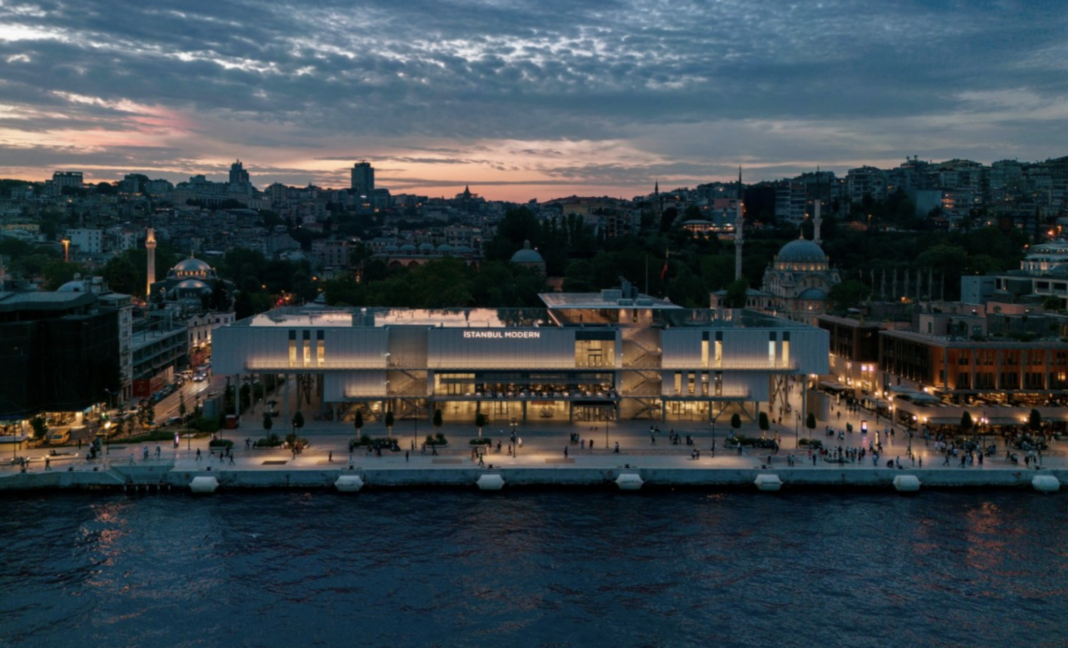This new museum in the Karaköy neighbourhood is admirably transparent — though beset by Turkish politics.
December 13, 2023, Financial Times.
Poking up above the steep slopes of Istanbul’s Karaköy neighbourhood is the pointed, fairytale form of the Galata tower. It once marked the city’s Genoese quarter, a dense network of narrow medieval streets and cobbled steps dating from the 13th century. It looks down on the docks below, until recently a dilapidated quarter of warehouses, brothels and nascent culture.
Like almost every other city-centre dockside in every other global city, the cargo ships have disappeared, the warehouses have been appropriated for culture and shopping, and the Turkish metropolis’s relationship to this stretch of waterfront has radically changed.
Now the dockside is dominated by an outdoor shopping mall, the vast hulks of cruise ships that sidle up to the city and blot out the Bosphorus — and by a delicate-looking, low-slung building of glass and steel, Istanbul Modern, which opened in June to great acclaim. In a neat echo of history, it was designed by Genoa-born architect Renzo Piano.
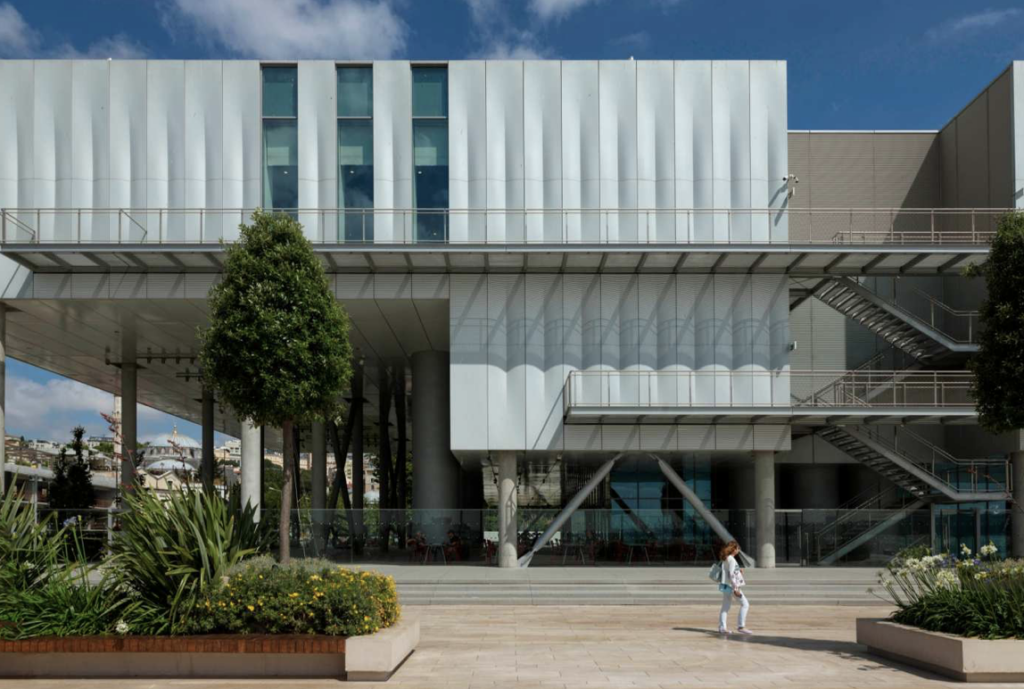
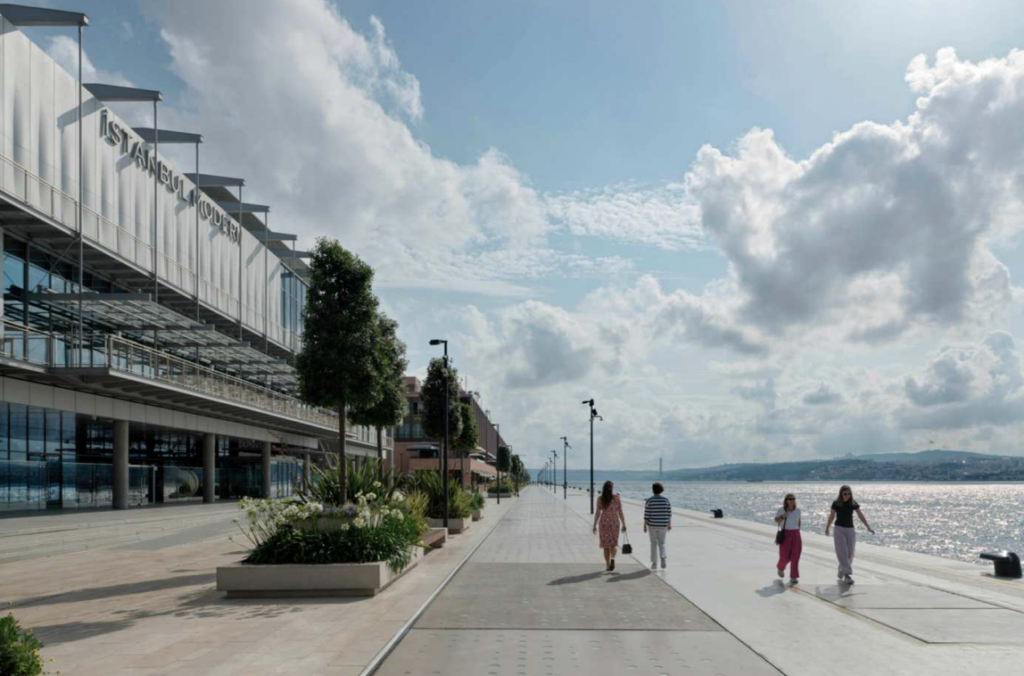
Piano is an old hand at dockside blockbusters. From the Whitney in New York to the Centro Botín in Santander, Spain, via the Astrup Fearnley in Oslo, he has covered the waterfront. But none of them come close to the sublime art spaces of his early career, most memorably the Menil Collection in Texas and the Centre Pompidou in Paris. It’s always with a little trepidation that you visit a new Piano, aware of the potential, wary of the more recent reality.
Istanbul has struck lucky. This crystal-clear streak of classy modernity was a bargain, by global standards, at $45mn. (The Whitney was bigger but came in at $422mn.) It does not look cheap — in fact, economy seems to have enhanced it. Gone are any spurious attempts at architectural acrobatics. Instead Piano’s new building is a thing of admirable legibility, transparency and clarity.
The architect suggests that its simplicity was inspired by the anonymous mid-century industrial shed that previously occupied the site and housed the museum’s first incarnation. That sparked the reinvention of the Karaköy docks as a cultural rather than purely commercial (or sexual) centre of exchange.
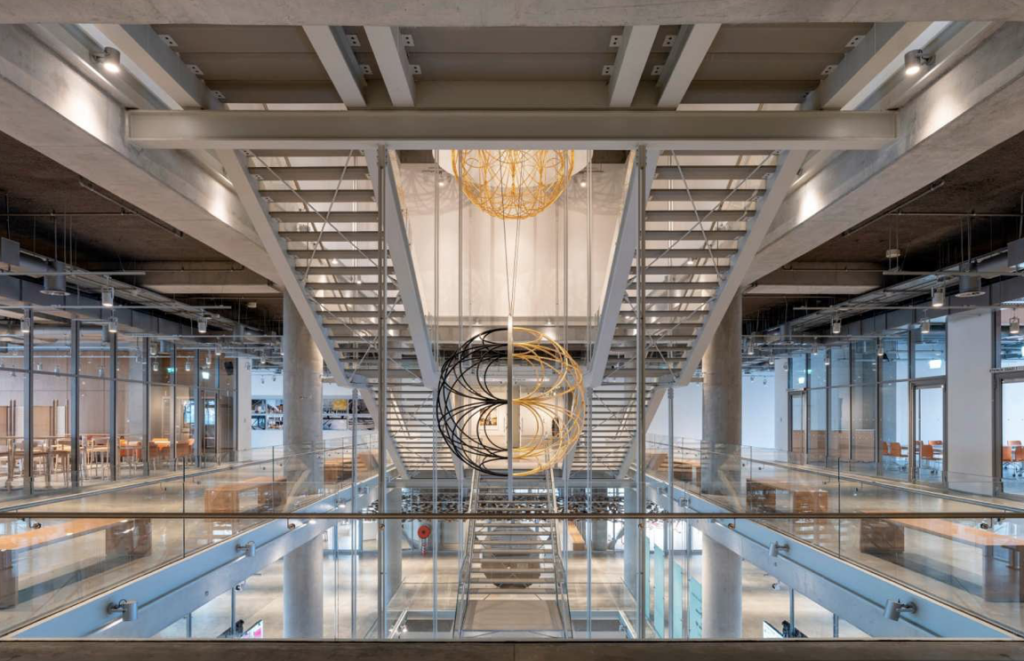
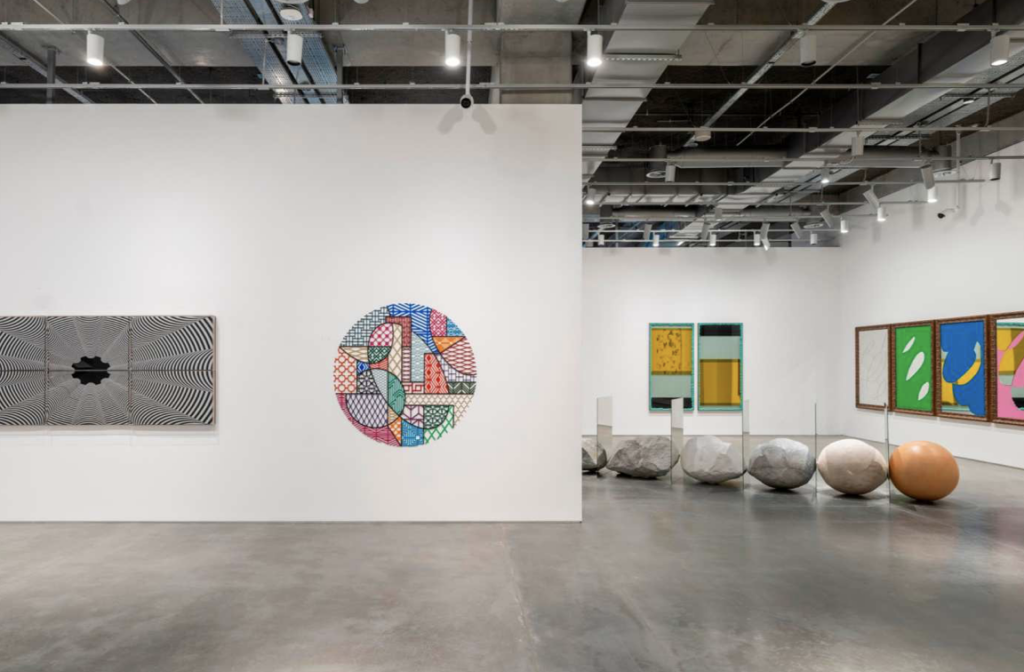
What is gone, however, is the mix. What was once a pungent brew of decay, seediness and experimental art has been homogenised into a predictable, two-dimensional plane of shopping and consumption. Its immediate neighbour in the outdoor mall is a Burger King.
It would be unfair to blame Piano; that process was already well under way. And clearly, in contrast to the bricky faux-urbanity of the shopping destination next door, Piano has chosen to maintain a Modernist rigour. The ground floor is open and mostly public, a slightly-too-dense forest of slender concrete columns hinting at the potential for seismic activity in the area. The X-bracing is designed to fail, a sacrificial structure that can be easily replaced in case of a catastrophic earthquake, while leaving the main structure intact.
The two floors of galleries upstairs are good, if not spectacular: high-ceilinged, flexible and generous, with moveable walls. Most have windows, and the seductive view over the Golden Horn is ubiquitous; this is an easy art gallery to navigate.
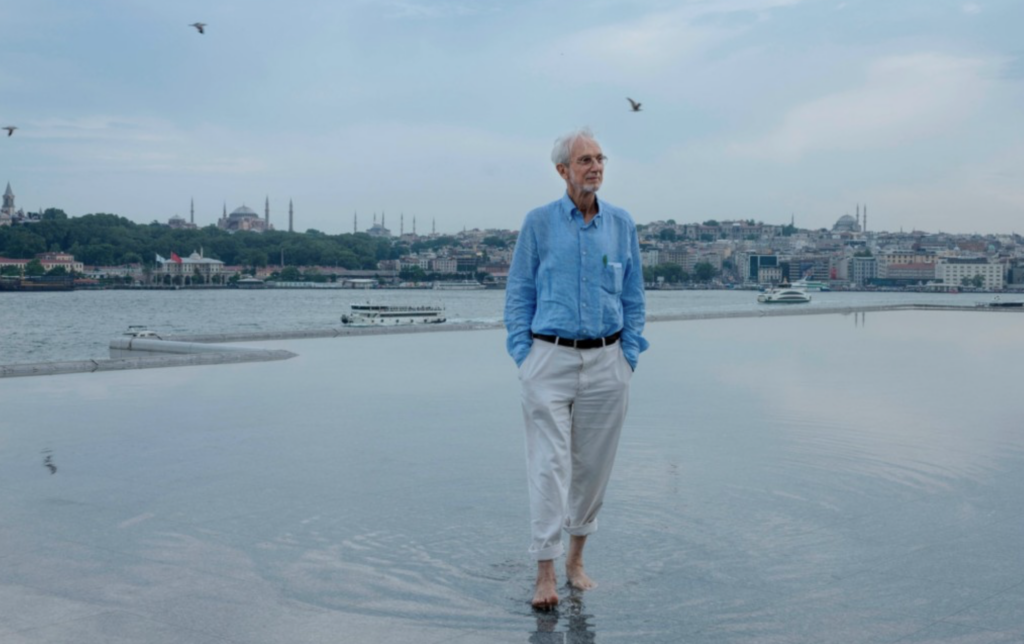
The art, mostly by Turkish artists, is impressive too, and probably mostly unfamiliar to foreigners. Ranging from photography via huge mid-century abstractions to installations and AI, it carries within it an angst about political change, ethnic tensions and a nation coming to terms over a century with a move from an ancient empire to a modern industrial powerhouse, forever teetering on the edge of Europe.
It is not all great work but there are many moments of brilliance from photographer Yıldız Moran’s striking images to Fahrelnissa Zeid’s exuberant canvases and İnci Eviner’s haunting installation about family hierarchy and dreams of dining.
The building’s big bang, though, is the rooftop viewing terrace. When I saw the plans, I was a little sceptical of the idea of a reflecting pool when the whole of the Golden Horn is stretched out before you. I was wrong. The smooth, liquid expanse bounces light back off into the building and produces a remarkable effect of drawing the essence of this watery city back up into the structure. That it has been fully adopted by the city’s seagulls (the tough-looking crows are left to begrudgingly sip at its edges) only makes it better. It is a space that feels immediately apart from the commerce and the intensity of the gentrification below — a pure panorama over the gentle rise of the old Ottoman city punctuated by domes and minarets.
A super-keen sailor and lover of boats, Piano clearly saw something here, an amplification of one of the world’s most wonderful urban vistas. On the other hand, when I visited, an enormous and remarkably ugly cruise liner, the size of a small city, had moored alongside the dock, blocking out a big chunk of the view — and crushing neighbouring buildings.
Perhaps even worse, Turkey’s shift towards being a security state means that what was intended as a broad, transparent and open institution now sits behind a security barrier with visitors queueing to be scanned, airport-style, before they enter a garden that was intended as a public square. It does nothing at all for the suggestions of openness and transparency.
Istanbul Modern is perfectly placed to encapsulate Turkey’s riot of contradictions: the determinedly secular, western-focused foundation by Atatürk a century ago and Recep Tayyip Erdoğan’s religious, eastern-gazing regime. A privately funded building with a very public remit, it looks out to Asia, the view framed by the minarets of the Hagia Sophia, a Byzantine church converted to a mosque, a museum and more recently a mosque again.
There is nothing gentle about the metaphors here: they scream complexity. But it is precisely those complications that make this city so endlessly intriguing, so chaotic and so beautiful. The return of Genoa after more than half a millennium is just another layer of the way history here is constantly and brilliantly recycled.
istanbulmodern.org
Edwin Heathcote is the FT’s architecture and design critic

